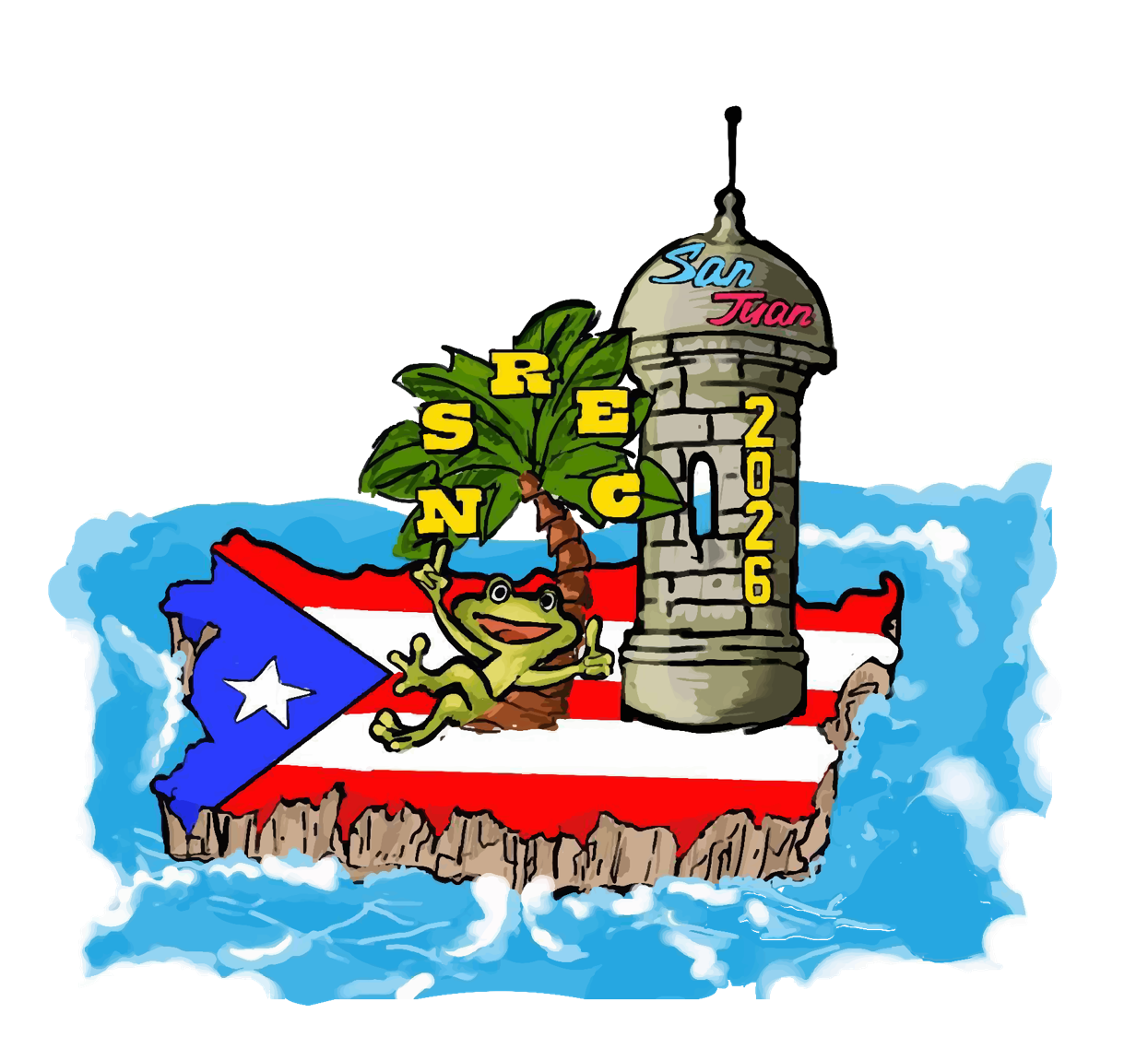2025 IEEE NSREC SHORT COURSE PROGRAM
RADIATION EFFECTS IN MODERN AND EMERGING TECHNOLOGIES
NASHVILLE RENAISSANCE HOTEL, NASHVILLE, TN
MONDAY, JULY 14, 2025
7:00 AM –
Breakfast
Short Course
8:00 AM
SHORT COURSE INTRODUCTION
Prof. Matthew Marinella, Arizona State University
Short Course – Part I
8:15 AM
CUMULATIVE EFFECTS IN CMOS
Prof. Hugh Barnaby, Arizona State University and Dr. Marc Gaillardin Auden, CEA
The history of cumulative radiation effects on MOSFET and CMOS technologies traces back to the early days of semiconductor devices and their deployment in space and military applications. As CMOS technologies gained prominence in the 1960s and 1970s, researchers observed that ionizing radiation exposure could degrade the performance of these majority carrier devices. This discovery led to an increased focus on understanding the mechanisms of total ionizing dose (TID) radiation-induced damage, typically characterized by trapped charge accumulation in the dielectric and trap buildup at dielectric-semiconductor interface. By the 1980s, as CMOS integrated circuits became more complex, the effects of TID radiation on MOSFETs became a critical area of study, especially for space missions and other high-radiation environments. Early studies of TID effects concentrated on traditional bulk and silicon-on-insulator (SOI) technologies with an emphasis on ionization damage to the relatively thick gate oxides and even thicker buried oxides (used in SOI). As CMOS technologies scaled, the threats posed by ionizing radiation to ever thinner gates oxides began to diminish, leading to greater concentration on sidewall isolating dielectrics, particularly for bulk processes. In the first section of the short course, Prof. Hugh Barnaby of Arizona State University will present the history of TID effects in these older technologies, with a review of the fundamental concepts associated with charge generation, recombination, carrier transport, defect creation and annealing, which are still important today. The second part of the course given by Dr. Marc Gaillardin of CEA will focus on cumulative radiation effects on modern/emerging CMOS, which have made or will make their way into mainstream integrated circuits. These advanced MOSFETs include ultra-thin body SOI (UTBSOI) devices (e.g., partially and fully depleted SOI); Fin-based Field Effect Transistors (FinFETs), and Gate All Around (GAA) Transistors. Recent investigations have shown some recognizable effects but also novel response characteristics that are unique to the very complex structural features, chemistry and material systems used in these advanced process nodes. The course will also review some of the less studied but important concerns encountered in MOSFETs and beyond CMOS transistors that are exposed to cumulative radiation dose such as displacement damage and enhanced low dose rate sensitivity.
9:45 AM
BREAK
Short Course – Part II
10:15 AM
MODELING SINGLE EVENT TRANSIENT EFFECTS IN CMOS
Dr. Dennis (Scooter) Ball, Vanderbilt University and Dr. Jeffrey Black, Sandia National Laboratories
Dr. Dennis (Scooter) Ball of Vanderbilt University, and Dr. Jeffrey Black of Sandia National Laboratories, will give a presentation on the multi-tooled approaches to modeling and simulation of single event transients in CMOS technologies. The course will cover the modeling tools being used: Technology Computer Aided Design (TCAD), radiation transport, circuit simulation, and fault injection/emulation. An example will be presented demonstrating how each of the tools are used to reproduce ground-based accelerator experimental data and then used to predict environmental rates. Further examples will be provided showing how single event modeling is done in emerging technologies like FinFETs and Gate All Around (GAA) FETs and what we have learned from modeling results.
11:45 AM
SHORT COURSE LUNCHEON
Short Course – Part III
12:45 PM
RADIATION EFFECTS IN NONVOLATILE MEMORIES
Prof. Marta Bagatin, University of Padova and Dr. T. Patrick Xiao, Sandia National Laboratories
Flash memories are ubiquitous in all digital systems today and they are also attractive as non-volatile storage in space, because their capacity is unmatched by any rad-hard memory. In the first part of the short course, Prof. Marta Bagatin of the University of Padova will cover the effects of ionizing radiation in Flash memories. After reviewing the operation principles of these devices, total ionizing dose and single event effects will be illustrated. Possible short- and long-term phenomena following radiation exposure both in the memory cells and in the peripheral circuitry will be covered. The course will be supported by experimental data, analysis, and simulations, highlighting the impact of the technological evolution in a journey from traditional, planar devices to the most novel 3D integrated architectures. The physics of radiation effects in emerging non-volatile memories is often fundamentally distinct from effects on commercial NAND flash and other CMOS electronics. For the non-charge-based memories, this implies very high intrinsic radiation tolerance, making them attractive for applications in space and other high-radiation environments. Furthermore, as the end of Moore’s law has slowed progress in computer processors, there has been significant research momentum to repurpose these emerging memories as low-power analog computational devices. However, using a traditionally binary memory as an analog memory can greatly increase radiation sensitivity. In the second half of this short course, Dr. T. Patrick Xiao of Sandia National Laboratories will review the current understanding of the effects of ionizing radiation and displacement damage on charge-trapping memory, magnetic memory, resistive memory, phase change memory, and electrochemical memory. This course will also review the operation and design principles of analog in-memory computing systems and how the accuracy of analog computing is affected by radiation effects.
2:15 PM
BREAK
Short Course – Part IV
2:45 PM
RADIATION EFFECTS IN MICROELECTRONIC SYSTEMS
Prof. Mike Wirthlin, BYU and Prof. Jeff Goeders, BYU
In the first part of this course, prepared in collaboration with Prof. Mike Wirthlin and Prof. Jeff Goeders, both of BYU will discuss radiation effects in modern, complex systems, with a focus on FPGAs, GPUs, and SoCs. These types of commercial off-the-shelf (COTS) devices are increasingly being used in space and other radiation environments due to their high performance, low cost, and rich features. However, these devices are subject to various single-event effects (SEEs) and total ionizing dose (TID) effects, which can manifest as silent data corruption, system crashes and hangs, and permanent damage. The complexity of these devices makes it difficult to model and predict their radiation response, as the devices typically contain substantial internal state and complex interactions between components. Radiation testing of such systems requires substantial effort, time and expertise in developing appropriate test frameworks. This course will discuss both the radiation effects in these systems, as well as different strategies and lessons learned in how to effectively test and characterize these devices. In the second half of this course, Prof. Fernando Fernandes from INRIA, with the support of Prof. Paolo Rech from the University of Trento, will discuss the reliability challenges of adopting emerging post-Von Neumann architectures in safety-critical applications and space missions. While existing hardware architectures offer high computational performance, the memory bottleneck remains a limiting factor for energy efficiency and scalability since, in most applications, including AI, most of the power is wasted on data movement. New technologies such as processing in-memory and neuromorphic computing are emerging as alternatives to existing ones. Unfortunately, characterizing radiation effects and fault models on emerging hardware is challenging as conventional evaluation methods are not suitable for the task. The challenges include not only fault identification and correction but also designing radiation tests and qualification methodologies for emerging architectures.
4:15 PM
EXAM (only for students requesting CEU credit)
5:15 PM
END OF SHORT COURSE

